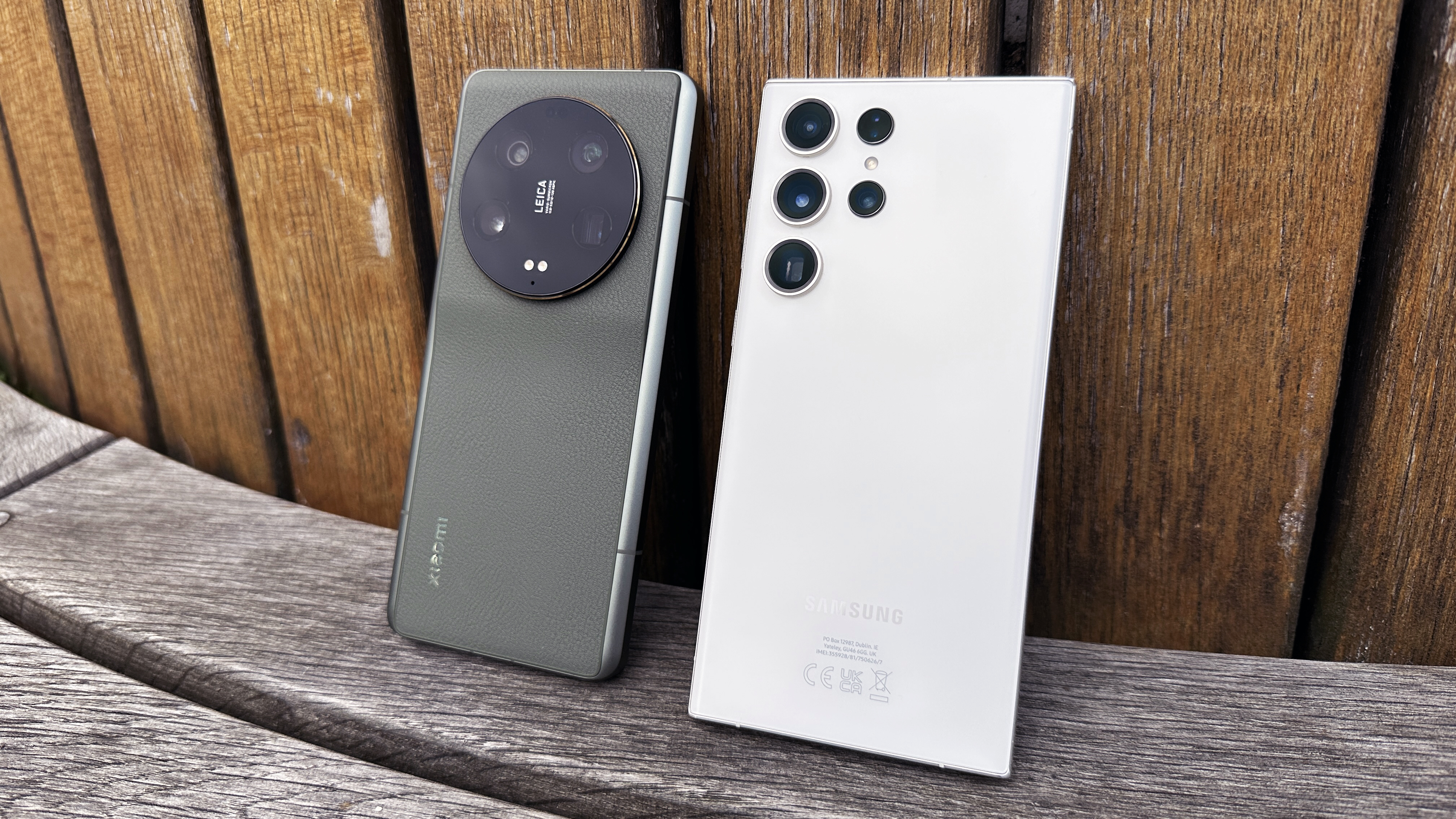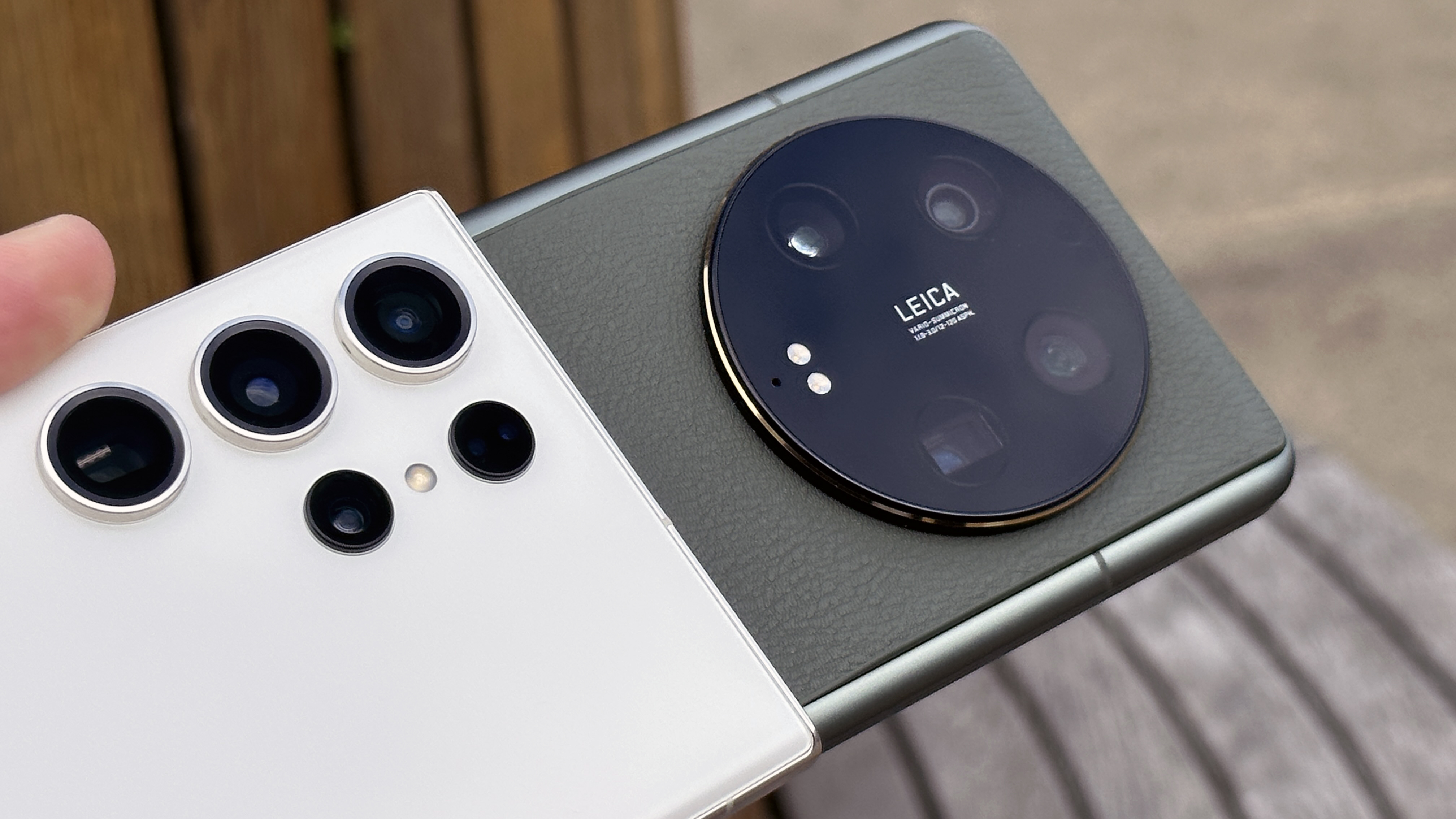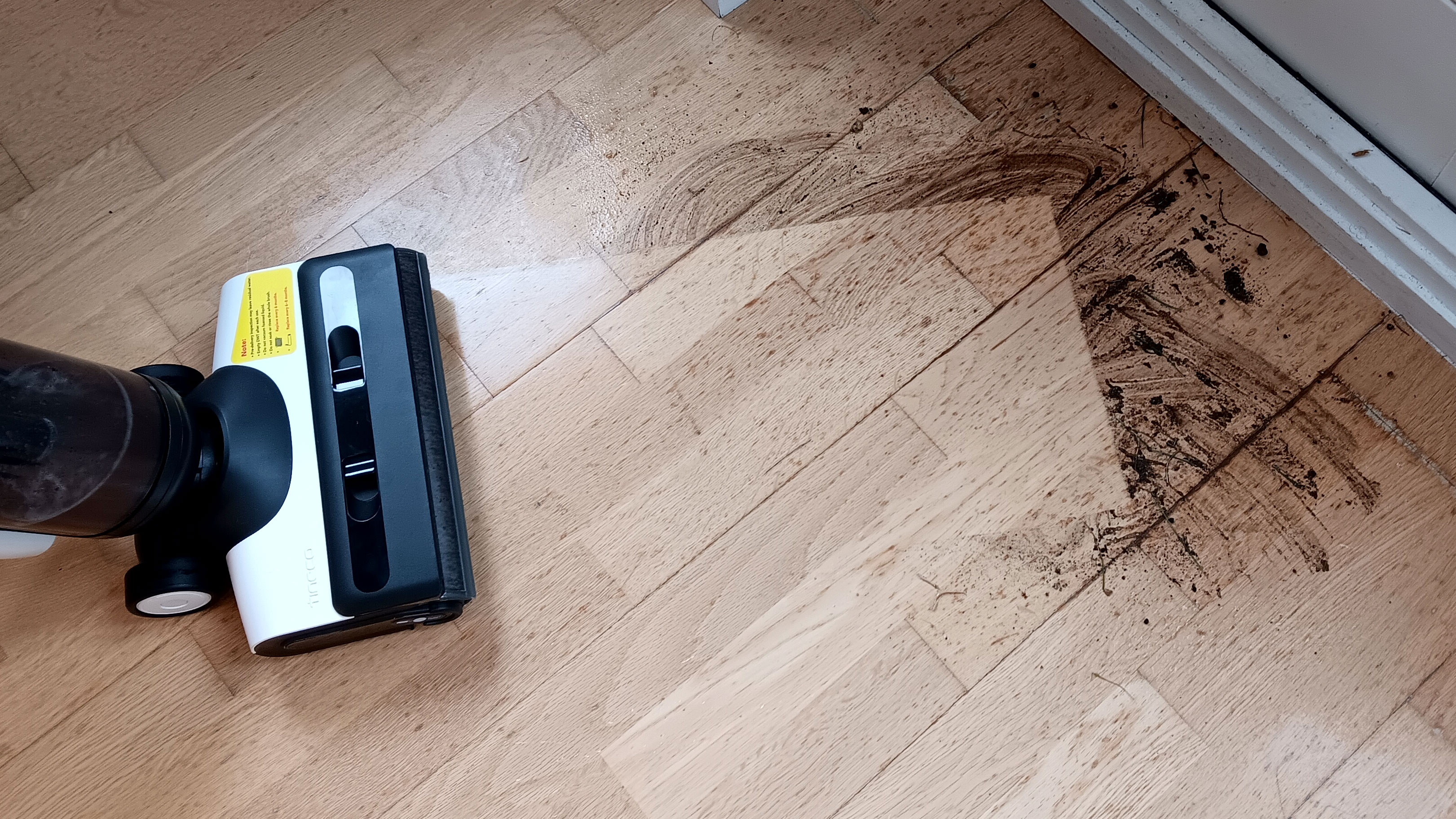Samsung Galaxy S23 Ultra vs. Xiaomi 13 Ultra — which camera phone wins?
Here's how the Samsung Galaxy S23 UItra fares against one of China's best camera phones

The Samsung Galaxy S23 Ultra is among the best camera phones available on the market right now. In fact, it will be easy to call it the best in the world. But does it truly deserve that title?
The Xiaomi 13 Ultra is the kind of phone that would have Samsung quaking in its boots if it were sold outside of China. Sporting all the staple smartphone flagship features, plus a quartet of powerful cameras on the back and color processing assistance from camera maker Leica, the 13 Ultra is perhaps the true world-class photography smartphone.
To see how the Galaxy S23 Ultra matches up to Xiaomi's spec-monster of a phone, I took both out to take several sample photographs. The difference between our first and second-placed phones isn't huge, but which phone's in which position? You'll have to read on to find out.
Samsung Galaxy S23 Ultra vs. Xiaomi 13 Ultra: Camera specs
Before we see some photos, here's a quick specs sheet for both phones' camera arrays. We can see that while the Galaxy S23 Ultra wins on main camera resolution and aperture size (smaller is generally better), and overall optical zoom range, the Xiaomi 13 Ultra offers larger sensors on all rear cameras, superior megapixel counts and larger apertures on all cameras except the main shooter, plus a slightly higher maximum zoom range, both outwards and in.
| Row 0 - Cell 0 | Samsung Galaxy S23 Ultra | Xiaomi 13 Ultra |
| Main camera | 200 MP (f/1.7), 1/1.3-inch sensor | 50.3 MP main (f/1.9 or f/4.0), 1-inch sensor |
| Ultrawide camera | 12MP (f/2.2), 0.6x, 1/2.55-inch sensor | 50MP (f/1.8), 0.5x, 1/2.51-inch sensor |
| Telephoto camera #1 | 10MP (f/2.4), 3x, 1/3.52-inch sensor | 50MP (f/1.8), 3.2x, 1/2.51-inch sensor |
| Telephoto camera #2 | 10MP (f/4.9), 10x, 1/3.52-inch sensor | 50MP (f/3.0), 5x, 1/2.51-inch sensor |
| Maximum zoom | 100x | 120x |
| Selfie camera | 12MP (f/2.2) | 32MP (f/2.0) |
Samsung Galaxy S23 Ultra vs. Xiaomi 13 Ultra: Photos
I began with some selfies, which I think the Samsung managed better. Not only has it cut out my glasses more accurately with its portrait effect (something I've praised before), but it's brought out more detail in my face; the Xiaomi smoothed my features too much. I do prefer the colors of the Xiaomi image in a way though, since it's a little less artificial.
Now we have a series of zoom photos of the entrance to Paddington Station. The first is a 3x/3.2x comparison, which has turned out quite similar other than the Xiaomi's more muted color palette.
Moving up to 5x, we see more of a difference. Since this is a magnification the Xiaomi has by default, and the Samsung doesn't, the details are a bit sharper on the 13 Ultra than on the S23 Ultra, which has had to rely on digital zoom to make up the difference.
Get instant access to breaking news, the hottest reviews, great deals and helpful tips.
This effect is reversed in the 10x shot, with the Samsung managing to take the lead because of its native 10x zoom lens, with the Xiaomi adding in a lot of extra noise from having to crop in.
Lastly, we have the two phones as their maximum zoom levels: 100x for the Samsung and 120x for the Xiaomi. The Xiaomi gets extra points for being able to zoom in even tighter on this part of the crest, but it's a lot fuzzier than the Samsung is at its maximum zoom.
We're done with the telephotos at last, so time for an ultrawide shot of a building on the Paddington Canal. The Xiaomi's ultrawide camera fits a little more in thanks to its wider lens, and still manages to capture the scene's color well, even compared to Samsung's extremely vivid shot.
In a main camera shot, the Samsung picks up the texture of this chalk board effectively, but at the cost of color. The Xiaomi's capture of the wooden frame and the chalk lettering is much more appealing.
Lastly, we have two close-ups of a flower. In the first one, the Samsung shows its vibrant tendencies once again, although doing so does spoil the subtle differences in color between the outer and inner petal. The Xiaomi does show this, and produces a more natural-looking photo for it.
This second flower shot is a comparison of the Xiaomi against itself. The 13 Ultra offers one extra trick that the Samsung doesn't in the form of two different aperture settings. The one above was taken in its f/4.0 setting. Below you can see that compared with the main lens' other f/1.9 setting, which increases the bokeh effect behind the flower, but also makes the image a little less sharp overall from the same distance.
Bottom line

Having looked through all of these images, I don't recommend Android flagship buyers start hunting for a Xiaomi 13 Ultra solely for its camera performance. It's genuinely impressive that it offers two aperture settings, consistently large sensors and a great zoom range, but none of these make the phone substantially better overall than the Samsung Galaxy S23 Ultra's offerings, and certainly don't make up for the difficulties of getting hold of one and getting it to run familiar apps.
Still, it goes to show Samsung's lead on photography with the Galaxy S23 Ultra is a slim one. This is the first Samsung flagship in a number of years to topple usual top-performers like Apple and Google, but there are other companies that are equally as capable at taking on the smartphone camera establishment. And with the iPhone 15 and Pixel 8 still to come this year, there will be more threats to Samsung's position on our best camera phones list.
So the Galaxy S23 Ultra remains king of phone photography for now. But the Xiaomi 13 Ultra is proof that the king has plenty of challengers that could de-throne it in the right situation.
Opting for the S23 Ultra? Our Samsung voucher codes could help you save some money, so be sure to keep an eye on the latest deals.
More from Tom's Guide
- Google I/O 2023 news: Pixel Fold, Pixel 7a, Pixel Tablet and more
- This hidden Samsung Galaxy feature automatically answers calls for you
- Forget Samsung Galaxy Z Fold 5 — why you should wait for Galaxy Z Fold 6

Richard is based in London, covering news, reviews and how-tos for phones, tablets, gaming, and whatever else people need advice on. Following on from his MA in Magazine Journalism at the University of Sheffield, he's also written for WIRED U.K., The Register and Creative Bloq. When not at work, he's likely thinking about how to brew the perfect cup of specialty coffee.
